Guidance on managing verges
A verge is an area of vegetated ground between the road curb and another boundary such as a wall, fence or footpath. Road verges are often considered public property, with maintenance usually being a local authority responsibility, however some verges’ management is take on by nearby property owners help maintain their respective verge areas.
Many roadside verges have become smaller or have been removed altogether due to road widening and placing footpaths next to roads. Where verges are left to grow wild they often support now uncommon hay meadow and arable weed species important for invertebrates.
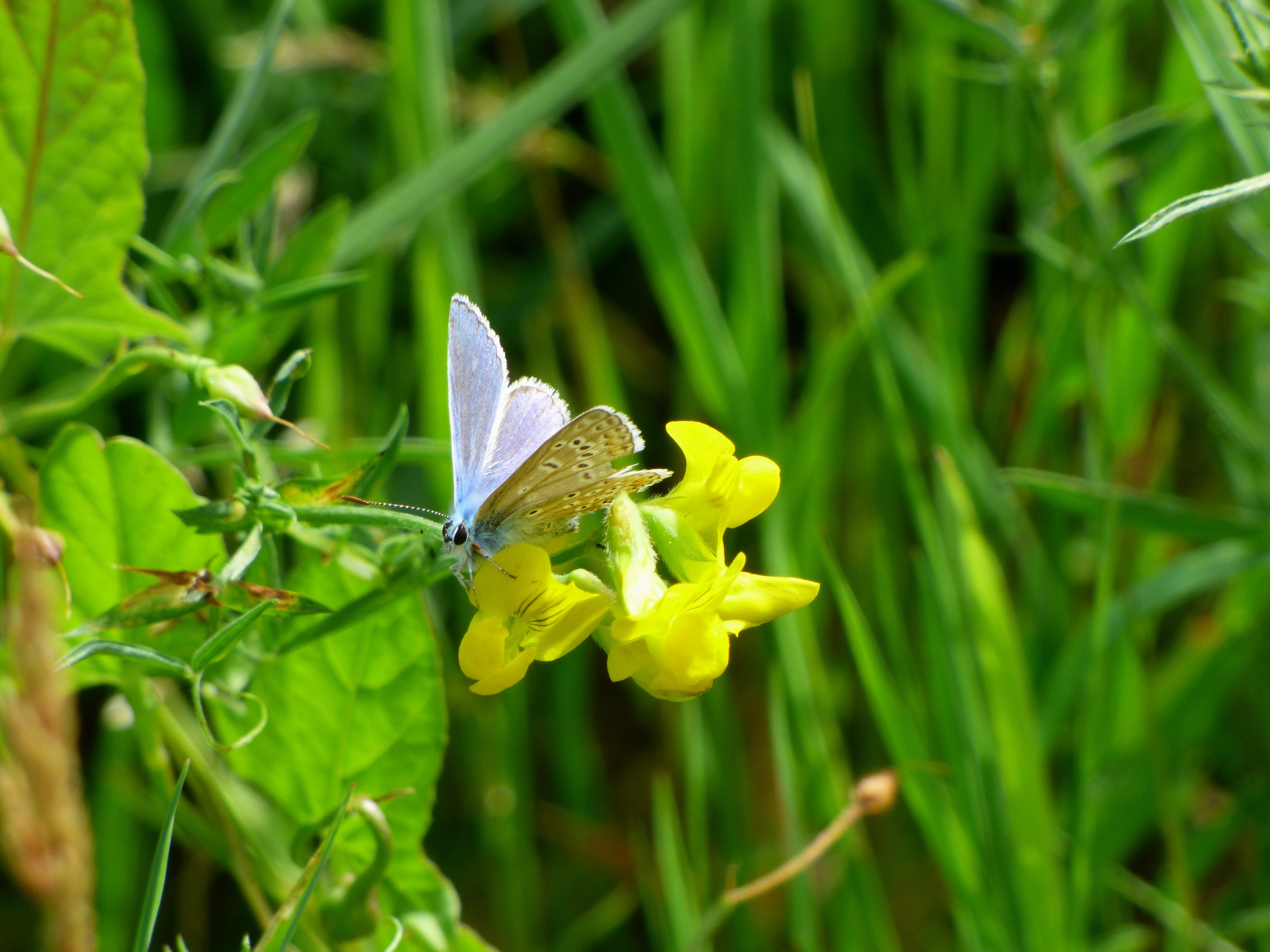
Roadside verges play a crucial role for nature’s recovery due to their ecological value and potential for aiding the reversal of biodiversity loss. These spaces, which span approximately 500,000 km—an area slightly larger than the Lake District National Park—serve as carbon storage hubs, habitats for over 700 wildflower species (nearly 45% of the UK's flora), and critical corridors that connect isolated wildlife habitats, enabling species movement and genetic mixing.
As fringe habitats, i.e. remnants of previous land use, verges now act as last-resort refuges for many of our meadow-reliant species.
Recognised by ‘Butterfly Conservation’ as “a fundamental resource for maintaining and rebuilding biodiversity,” road verges are not only a sanctuary for plants like the rare lizard orchid, but are also integral to supporting pollinators, butterflies, and broader ecosystems. Through better management, these spaces can play a transformative role in ecological restoration.
There are also other benefits to verges - for 23 million commuters, road verges can be their only daily contact with nature, watching kestrels and kites hover over them and insects forage amongst the vegetation. Their large collective area across the country absorbs and stores carbon, especially when well-managed, and help us combat the developing climate emergency. They also help to absorb surface water runoff during heavy rainfall events, reducing the risk of flash flooding.
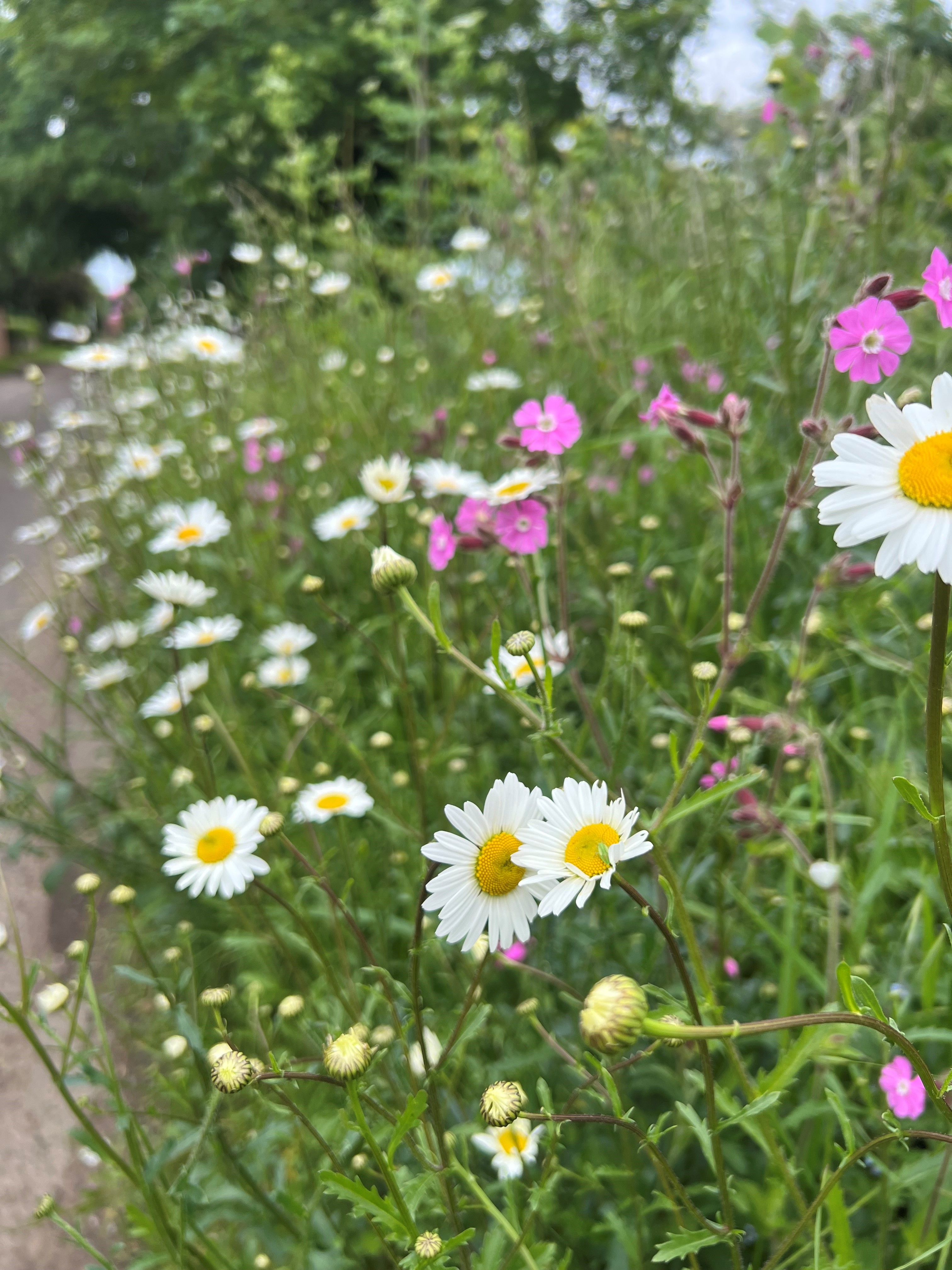
What your verge will look like will depend on what species mix can thrive there. This is determined by the landscape type, soil composition and underlying geology of the area. Whilst it is possible to change the soil type, as in a garden, it takes a lot more money, time and effort, so it is important to understand what conditions you have and therefore what kind of habitat is most achievable in that particular verge.
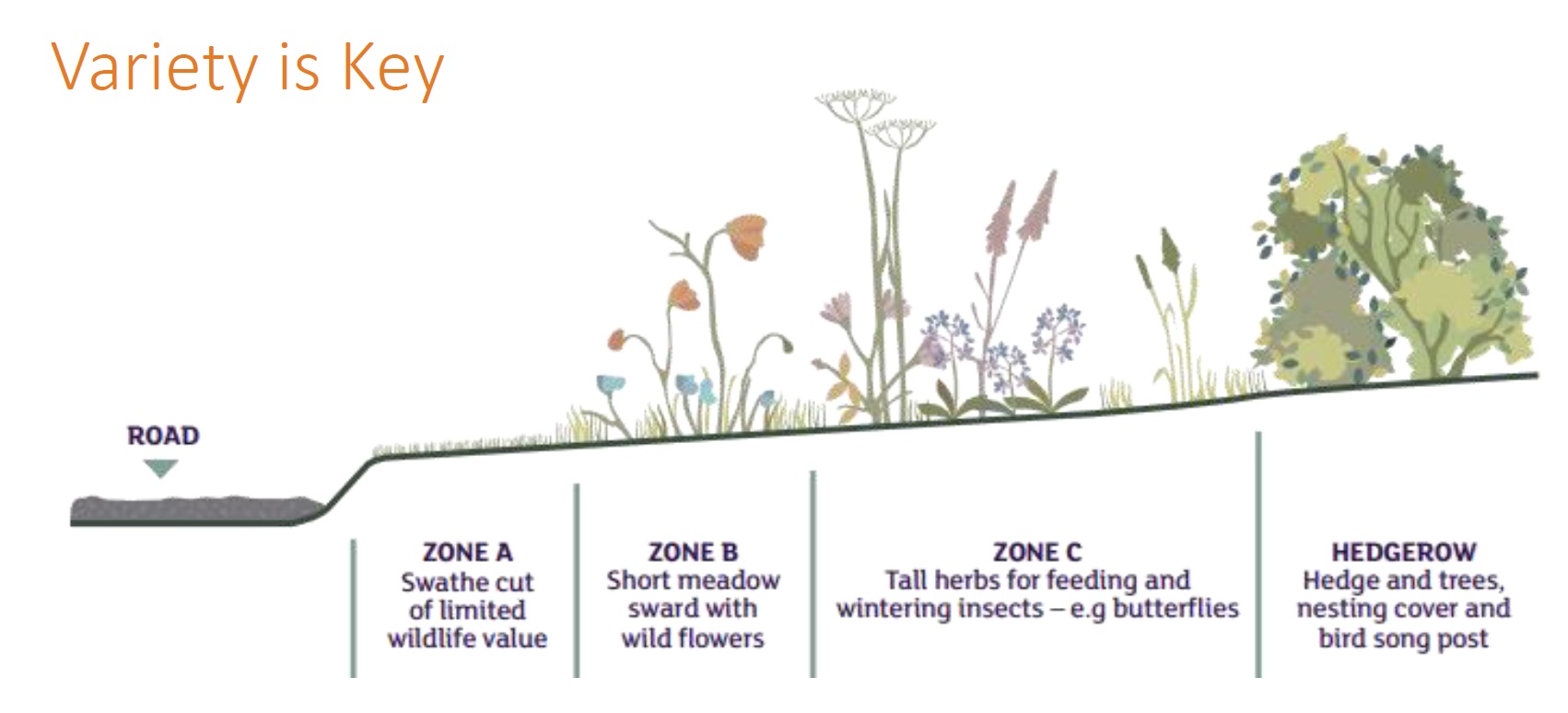
Around the river valleys is clay soil – this is claggy, retains the water, slows drainage. These soils are typical of floodplain grazing marsh /meadows
Around Chilterns there is chalk downland (chalk grassland). Chalk and limestone soils are not the same thing but both are more free draining than clay
There is very little acid grassland / heathland / fen rare in Oxfordshire. There are small patches around edge of Oxfordshire e.g. Lye Valley and parts of Shotover Country Park (these aren’t on the map because they’re tiny pockets).
Nutrient rich or neutral soil is usually found on farmland / gardens / housing developments.
In your area, the underlying geology will be as shown on this map, but the top layers of soil may have been changed through human action depending on what the surrounding land has been used for and how it has historically been managed.

Even seemingly uninteresting verges may provide quite specific benefits for some species. For example, several of our native grasses are larval food plants for some of our butterfly species - such as Yorkshire fog, which is food for speckled wood and small skipper butterflies. Tussocky grass will provide shelter for small mammals and overwintering habitat for many species of invertebrate. A verge combined with adjacent vegetated habitats, such as a hedge, will offer even more value for nature.
Non-native flower combinations are generally not suitable for verge planting, although they may be acceptable in a contained urban setting. The name of many packet mixes can be misleading due to the dubious use of ‘wildflower’ and/or ‘meadow’ in the title. It is advisable to buy from a reputable source which lists exactly what is in the mix, and in what proportions. An annual mix requires the soil to be prepared every year (or you may get away with every other year), and therefore practical considerations are also essential. A pictorial meadow may also set unrealistic expectations to the public as to what high quality meadow habitats are supposed to look like!
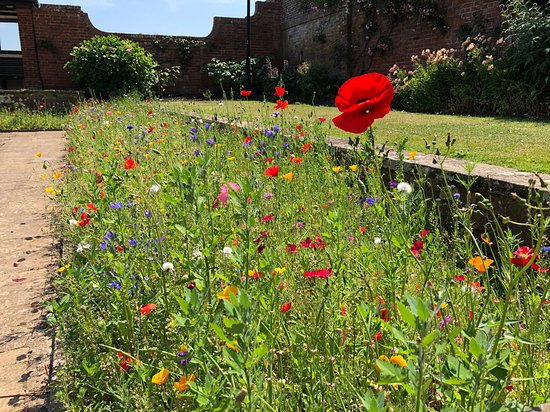
Non-native flower annual 'wildflower' mix in a garden border. Needs tilling, weeding and re-seeding each year.
You will need to find out who owns and manages your area's verges before you can consider any kind of management plan or changes. Oxfordshire County Council's highways department generally own verges on A roads and most B roads, District Councils will own verges on low-speed roads and housing estates, Parish Councils will own some around footpaths in villages, and National Highways manage verges around motorways. You need to know who both owns them and who cuts them. i.e. who pays for what to happen.
Ownership isn’t the same as management and it’s constantly everchanging as to who does what. This is not a streamlined process and probably the hardest bit of verge management, so don’t lose heart!
Your first point of call is Oxfordshire County Council, using these websites to help: .
Map of streets we maintain | Oxfordshire County Council Highway searches | Oxfordshire County Council.
You can use their Highway Register and Search to find out who owns the verges, or request a highways search for a fee.
Some verges on housing estates and within towns are managed by the District Councils, and others will be managed by the area’s Town or Parish Council. Contact these local authorities to check if they own or manage the verge by contacting their customer service team or clerk.
Small tracks / around housing estates can even be privately owned e.g. residents / estate owners.
If you want to either:
Please follow the link and fill out the form on Oxfordshire County Council's website: Road verge management form
.jpeg)
You’ll need permission from whoever owns the verge before you start. Begin the process here. We would highly recommend asking your local community what they would like to see from their verges before starting out. Having a small consultation with nearby residents will reveal people's priorities whether they be biodiversity, safety, reducing flood risk or keeping them tidy. Having received everyone's views, you can then make a plan that seeks to align with the majority of people's priorities, and reduce the risk of negative feedback on the management of the verges in the future.
The verges need to be surveyed to identify what species are already there, and therefore what would benefit their continued diversity. A management plan can then be draw up to follow going forward.
Surveys of your verges can be done by:
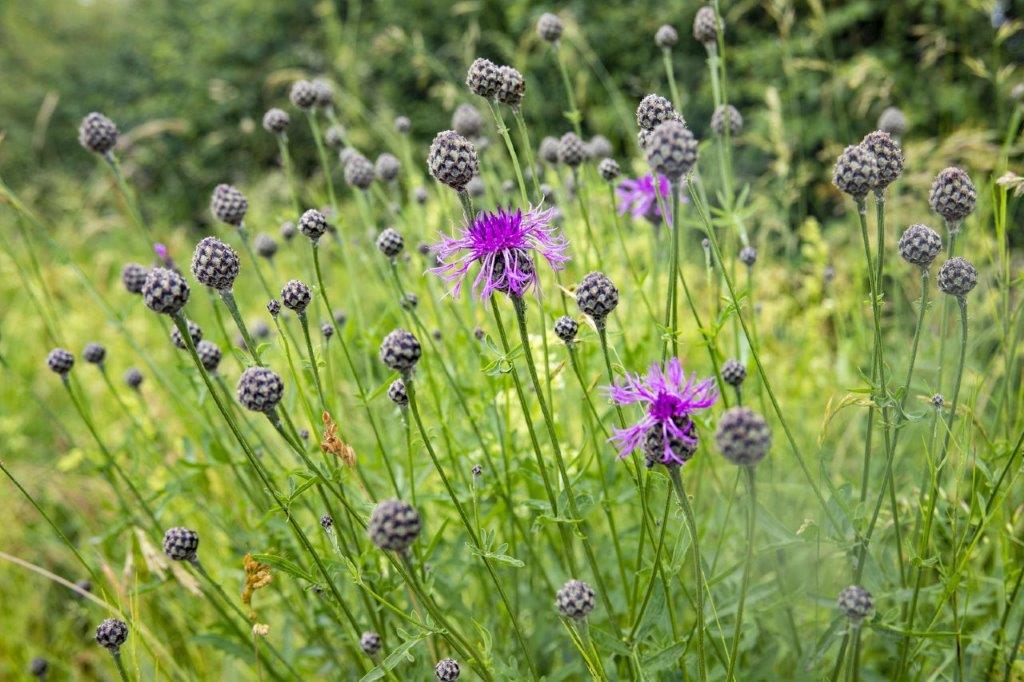
“Verges that can accommodate a mix of open grassland areas, scrub and woodland will support the greatest diversity of species.” PlantLife
Why do we cut and collect?
Due to the way species rich grasslands and meadows have been managed, historically and to this day, to obtain a species rich verge, with high floral biodiversity, it is essential to cut back the growth and collect the cuttings. The timing that both of these activities are done is crucial to proper management and will depend on what floral mix you have.
“Achieving low soil fertility is key to enhancing the wildlife value of a species rich wildflower verge and reducing the management burdens” PlantLife
Always collect cuttings to prevent the soil fertility from increasing. High soil fertility will spoil your wildflower verge. By removing the cuttings ( traditionally done for making hay or silege), there is no compost / humus layer which means that this can’t rot down and increase the nutrient content of the soil. It also allows lots of light gets to soil layer and many of the flowers need light, they don’t like to be buried like most of our garden species, and need bare soil patches to germinate.
Oxfordshire has 35 Road Verge Nature Reserves (RVNR), managed by Oxfordshire County Council’s Highways and Transport Team. They are cut every year to maintain their species diversity .
As a general rule...
Cut once or twice a year depending on how dominating the grass is. Cut twice in early spring and early summer if there is a lot of grass smothering the other plants. Cut once in late summer if there is a balanced mix if you’re managing it as a meadow habitat. However, there are other options so make sure you know what species are there and look through the PlantLife guide or get in touch if you need help.
There isn't a magical one-size-fits-all solution
All verges and species mixes are different which means that what is good management for one may not be right for another. For example, if a verge is full of lower-flowering species, such as bird’s-foot trefoil, selfheal, clovers, creeping cinquefoil and dandelions and the verge is mown fairly regularly, this is great as it is and may only need to be cut a little less frequently. These species can be shaded out by taller vegetation so mowing does help these species thrive. Therefore, variety in a verge is key and a balance of shorter and longer grassland areas is good. This balance is also needed when considering the road safety as well as the aesthetics.
What to do with the cuttings?
Although there is machinery that cuts longer grass and collects arisings, not all community groups have access to these. For effective manual disposal there appear to be two options:
a) Volunteers take arisings away - for home composting or taken to council sites, following the guidelines as to what can be disposed of and where
b) Sacrificing areas: Leaving larger amounts of waste in public view can encourage fly tipping and dry grass piles can attract anti-social behavior in summer months so the choice of location will need to be carefully considered – sometimes landowners will offer a section of their land to be used for this purpose.
Other management options may be considered, such as enhancing a verge with seed or by using plant plugs. It is important to survey the verge first to assess current botanical interest. Planting may be a good option for a new verge, or one previously managed as an amenity area where there isn’t a nearby seed source. Planting should be suitable to the local area and soil type. Many mixes contain seed from non-UK species or those of continental provenance, and therefore a mix needs to be chosen very carefully due to the risk of spreading to neighbouring land or cross-breeding with native flora.
Whilst we know that wild verges are excellent for the planet, others may be skeptical and there is the idea that unmown verges are ‘messy’. Manicured lawns are engrained into English culture, dating back to around the 17th Century. With this in mind, be prepared for the fact that you might not win everyone in your area over about how great it is to mow less often. However, here are some tips and messaging that can help.
Telling people about how great these spaces can be for wildlife is really important. Put up signs, run talks, write about it - show how great the area is for wildlife. That way, even if people don’t like it aesthetically, they can at least appreciate the importance of these spaces. Monitoring the verge and sharing wildlife findings (beetles, butterflies, ladybirds, the chirp of crickets) will help to show that these spaces are filled with life, even if at a glance they don't seem to be. Find out more about how great verge habitats can be on the benefits of verges page.
“I thought the meadow area had failed because there weren’t many flowers, but actually, it’s filled with so much life!” (Kidlington volunteer)
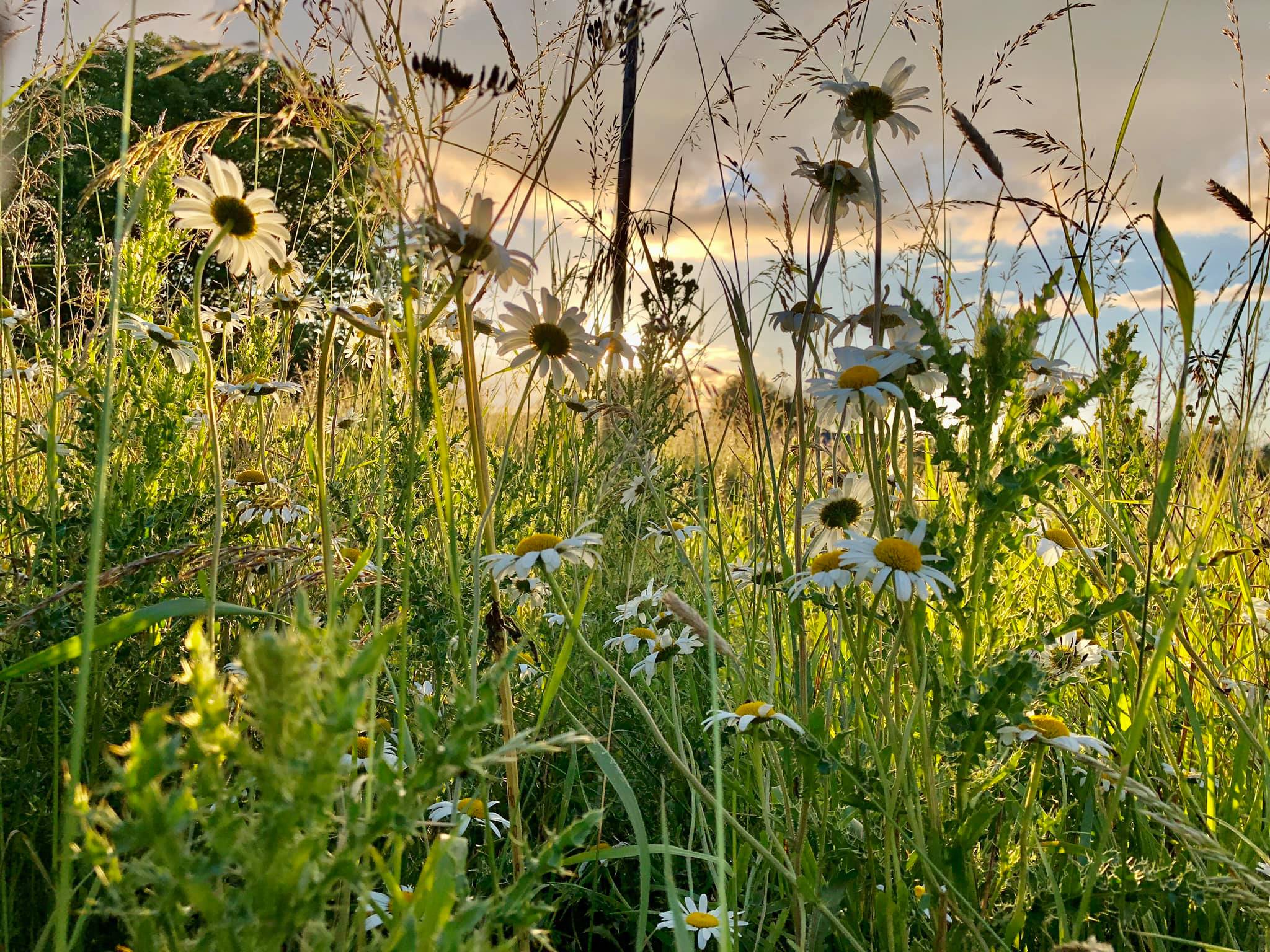
The Shropshire verge project began as the small Edgeton Village Volunteer Group. They surveyed all the verges in the village and the surveys revealed that they had some of the best verges in the County! This inspired them to protect and enhance them, and therefore cutting regimes were agreed with the Council. Now there’s Restoring 'Shropshire’s Verges Project' which is the umbrella for local group verge projects across Shropshire, funded by National Trust, Plantlife, Wildlife Trust and Caring for God’s Acre. From small seeds, big things can grow. Find out more about their work here.
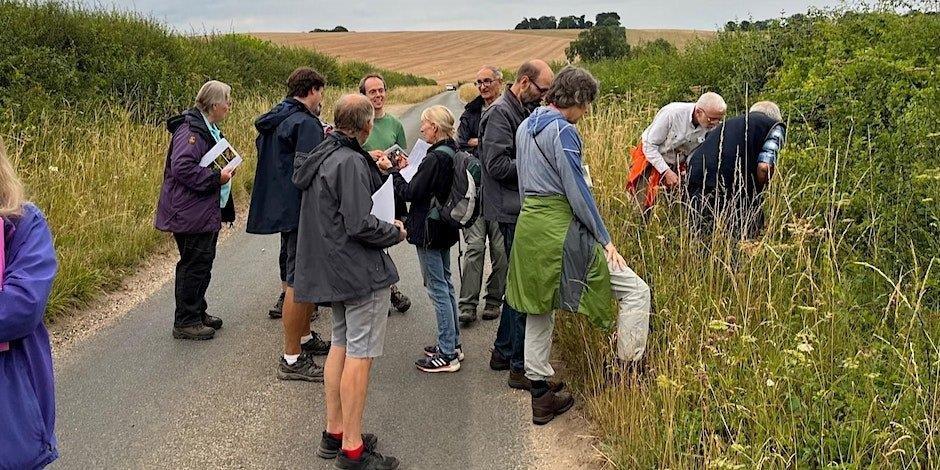
Exploring verges in Watlington - Wild Oxfordshire's Local Environment Groups Conference
- Road verge nature reserves in West Berkshire - Thames Valley Environmental Records Centre
- Roadside Verge Nature Reserves Report (2024) - Oxfordshire County Council
- Managing Grassland Road Verges a Best Practice Guide - PlantLife
- The Good Verge Guide - PlantLife
- Parish and Town Council Biodiversity Guide - Wild Oxfordshire
- Wildflower seed mixes - Emorsgate seeds
- Map of Streets We Maintain - Oxfordshire County Council
- Highway Searches - Oxfordshire County Council
- Apply to take a verge off the Oxfordshire County Council mowing regime form - Oxfordshire County Council